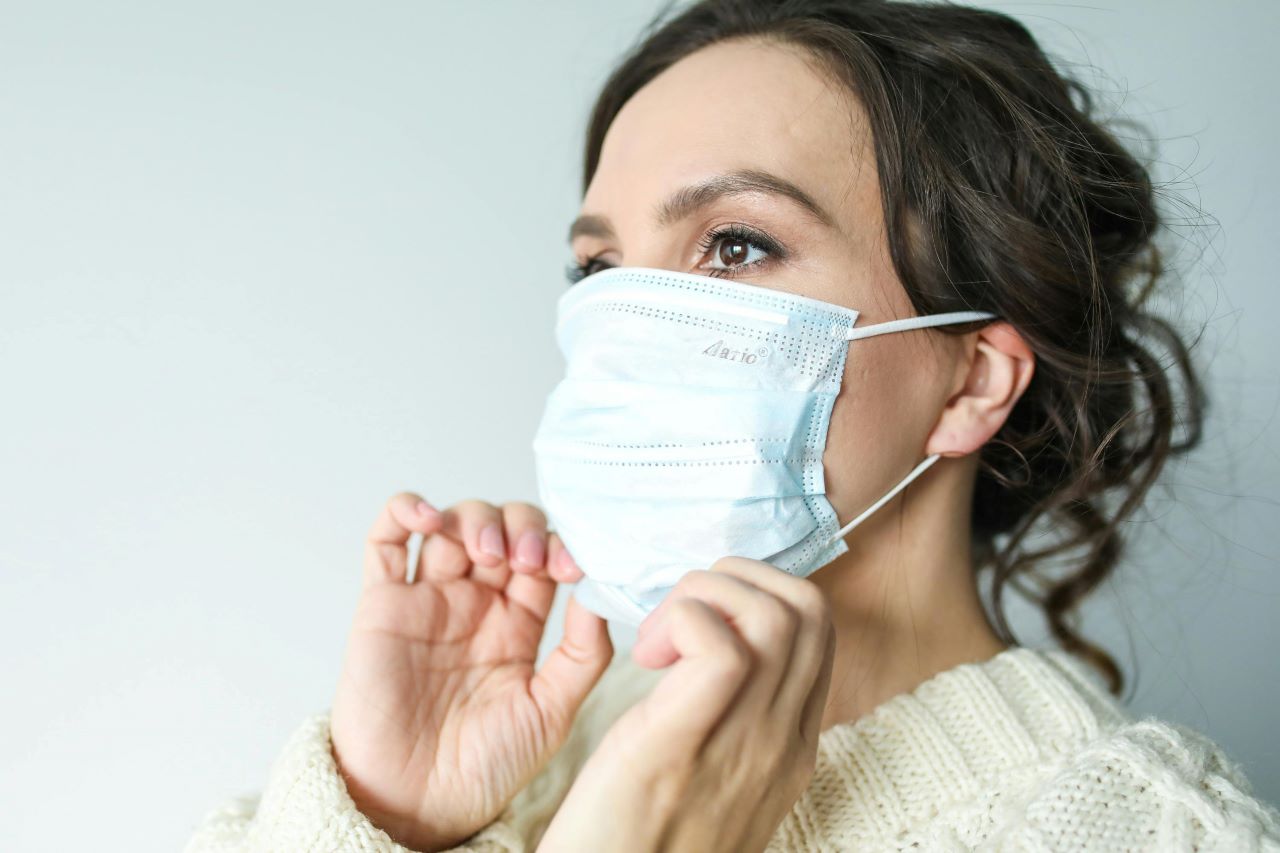Taon-taon maraming tao sa Pilipinas ang gumagamit ng donasyon ng semilya. Ang mga screening sa laboratoryo ay nagpapababa ng panganib ng impeksyon at panganib na genetiko sa napakababang antas, ngunit hindi nito matatanggal ang lahat ng panganib nang buong-buo. Alamin dito kung aling mga mikrobyo at variant ng gene ang mahalaga, paano sinusuri ng mapagkakatiwalaang mga banko ng semilya, at kung ano ang dapat mong bantayan sa mga pribadong donasyon. Dagdag na sanggunian: DOH (Department of Health, PH), Rekomendasyon ng ESHRE, CDC tungkol sa STI, internasyonal na alituntunin para sa tissue at cells.
Bakit mahalaga ang multi-hakbang na screening
Maraming mikrobyo ang may panahon ng window: kaagad pagkatapos mahawaan, maaaring hindi pa makita ng antibody test ang impeksyon, habang ang PCR/NAT ay maaring mag-detect na. Kaya pinagsasama ng mga mapagkakatiwalaang programa ang medikal na kasaysayan, serolohikal na pagsusuri, PCR/NAT at isang delayed na pag-apruba pagkatapos ng muling pagsusuri (madalas 90–180 araw). Ginagawa nitong mas mababa ang natitirang panganib. Ang lohika na ito ay sumusunod sa mga pangkalahatang rekomendasyon ng ESHRE at mga pambansang ahensya ng kalusugan gaya ng DOH.
Mga virus na maaaring matagpuan sa ejakulat
- HIV – antigen/antibody combo test plus PCR/NAT; pag-apruba pagkatapos ng ikalawang blood sample.
- Hepatitis B at C – HBsAg, Anti-HBc, Anti-HCV at HCV-NAT; kailangang maalis ang posibilidad ng chronic infection.
- CMV – IgG/IgM at kung kailangan PCR; mahalaga sa pagbubuntis.
- HTLV I/II – bihira, sinusuri sa maraming programa.
- HSV-1/2 – medikal na kasaysayan, PCR kapag may hinala.
- HPV – PCR para sa high-risk types; positibong sample ay itinatapon.
- Zika, Dengue, West Nile – travel history, kung kailangan RT-PCR at pag-hold pagkatapos ng pananatili sa endemic na lugar.
- SARS-CoV-2 – ngayon kadalasang medikal na kasaysayan at symptom check; ang obligasyon ng programa ay nag-iiba.
Bakterya at parasito sa konteksto ng donasyon ng semilya
- Chlamydia trachomatis – madalas walang sintomas; NAAT mula sa ihi o swab.
- Neisseria gonorrhoeae – NAAT o kultura na may resistance testing.
- Treponema pallidum (Syphilis) – TPPA/TPHA at marker ng aktibidad (hal. VDRL/RPR).
- Trichomonas vaginalis – NAAT; maaaring magpababa ng sperm function.
- Ureaplasma/Mycoplasma – ginagamot kapag natagpuan.
- Uropathogenic na mikrobyo (hal. E. coli, Enterococcus) – kultura kapag may hinala, at ang mga problematikong strain ay hindi pinapayagan.
Mga panganib na genetiko: ano ang karaniwang standard ngayon
- Cystic fibrosis (CFTR)
- Spinal muscular atrophy (SMN1)
- Hemoglobinopathy (Sickle cell, Thalassemia)
- Fragile X (FMR1) depende sa kasaysayan
- Y-chromosome microdeletions sa malubhang oligo/azoospermia
- Mga panel na nakabatay sa populasyon (hal. Gaucher, Tay-Sachs)
Ang pinalawak na pagsusuri ay nakadepende sa kasaysayan ng pamilya at pinagmulan. Inirerekomenda ng ESHRE na malinaw na tukuyin ang mga indikasyon para sa pagsusuri.
Risikomatrix: pathogen, test, panahon ng window, pag-apruba
| Erreger | Primärtest | Fensterperiode | Typische Freigabe | Bemerkung |
|---|---|---|---|---|
| HIV | Ag/Ab-Kombi + PCR/NAT | Mga araw hanggang ilang linggo | Pagkatapos ng muling pagsusuri (90–180 araw) | NAT nagpapababa ng kawalang-katiyakan |
| HBV/HCV | HBsAg, Anti-HBc, Anti-HCV, HCV-NAT | Linggo | Pagkatapos ng muling pagsusuri | Suriin ang katayuan ng bakuna kontra HBV |
| Syphilis | TPPA/TPHA + marker ng aktibidad | 2–6 linggo | Lamangan kapag kompletong serology ay negatibo | Therapy → deferral hanggang gumaling |
| Chlamydia/Gonorrhea | NAAT (ihi/swab) | Araw | Kapag negatibo ang resulta | Positibo → therapy, kontrol test |
| CMV | IgG/IgM ± PCR | Linggo | Depende sa bangko | Mahalaga sa pagbubuntis |
| Zika/West-Nil | RT-PCR + travel history | Linggo | Deferral pagkatapos ng paglalakbay/impeksyon | Isaalang-alang ang mga endemic na lugar |
Nag-iiba ang mga partikular na panahon depende sa laboratoryo at pambansang alituntunin. Bilang gabay ay tumutukoy ang ESHRE, DOH at mga internasyonal na alituntunin para sa tissue at cells.
Ganito ang proseso ng screening
- Medikal na kasaysayan at pagtatasa ng panganib – questionnaire, travel at sexual history.
- Mga pagsusuri sa laboratoryo – kumbinasyon ng antibody/antigen at PCR/NAT.
- Genetic panel – ayon sa gabay at kasaysayan.
- Kuwarantena – pagyeyelo at delayed na pag-apruba pagkatapos ng muling pagsusuri.
- Huling pag-apruba – tanging kapag lahat ng resulta ay normal.
Pribadong donasyon ng semilya: paano manatiling ligtas
- Mga kasalukuyang nakasulat na resulta ng pagsusuri mula sa magkabilang panig (HIV, HBV/HCV, Syphilis, Chlamydia/Gonorrhea; depende sa sitwasyon CMV, Trichomonas).
- Walang unprotected sex sa iba habang nasa panahon ng window pagkatapos ng mga pagsusuri.
- Gumamit lamang ng sterile na disposable na lalagyan, malinis na ibabaw, maghugas ng kamay; huwag paghalu-haluin ang mga sample.
- I-dokumento ang petsa, oras at mga resulta; itala ang mga kasunduan nang nakasulat.
- Kung may sintomas tulad ng lagnat, rash o discharge, ipagpaliban ang donasyon at magpakonsulta.
Pangunahing impormasyong medikal tungkol sa pag-iwas sa STI: nagbibigay ang CDC at DOH ng mga madaling maintindihang gabay.
Donasyon ng semilya gamit ang RattleStork: organisado, dokumentado, may pag-iingat sa seguridad
Tinutulungan ka ng RattleStork na planuhin nang responsable ang isang pribadong donasyon ng semilya. Maaari kang magpalitan ng mga resulta ng pagsusuri nang ligtas, mag-set ng paalala para sa muling pagsusuri, gumamit ng checklist para sa disposable materials at idokumento ang indibidwal na pahintulot. Ang aming praktikal na checklist ay gumagabay sa paghahanda, malinis na pagkukuha at paghahatid. Sa ganitong paraan ang donasyon ay planado at transparent — nang hindi isinasakripisyo ang mga pamantayan sa seguridad.

Batas at pamantayan (Pilipinas / internasyonal)
Sa Pilipinas, ang pangangalap, pagsusuri at pamamahagi ng donor gametes ay sumusunod sa pambansang regulasyon ng Department of Health at sa mga internasyonal na gabay gaya ng WHO at mga propesyonal na samahan. Bilang patnubay, nagbibigay ng mga pamantayan ang DOH para sa pag-iwas sa impeksyon, habang ang ESHRE ay nagbibigay ng mga teknikal na rekomendasyon. Maraming banko rin ang naglilimita sa bilang ng mga anak mula sa iisang donor at nagpapanatili ng mga rehistro.
Konklusyon
Pinagsasama ng mapagkakatiwalaang mga banko ng semilya ang medikal na kasaysayan, serolohikal na pagsusuri, PCR/NAT, kuwarantena at muling pagsusuri. Dahil dito, napakababa ng insidente ng impeksyon at panganib na genetiko. Sa pribadong donasyon, mahalaga ring sundin ang parehong mga prinsipyo: kasalukuyang mga pagsusuri, pag-alam sa panahon ng window, kalinisan, dokumentasyon at malinaw na kasunduan. Nagbibigay ang RattleStork ng estrukturadong suporta para sa isang ligtas at responsable na donasyon ng semilya.

